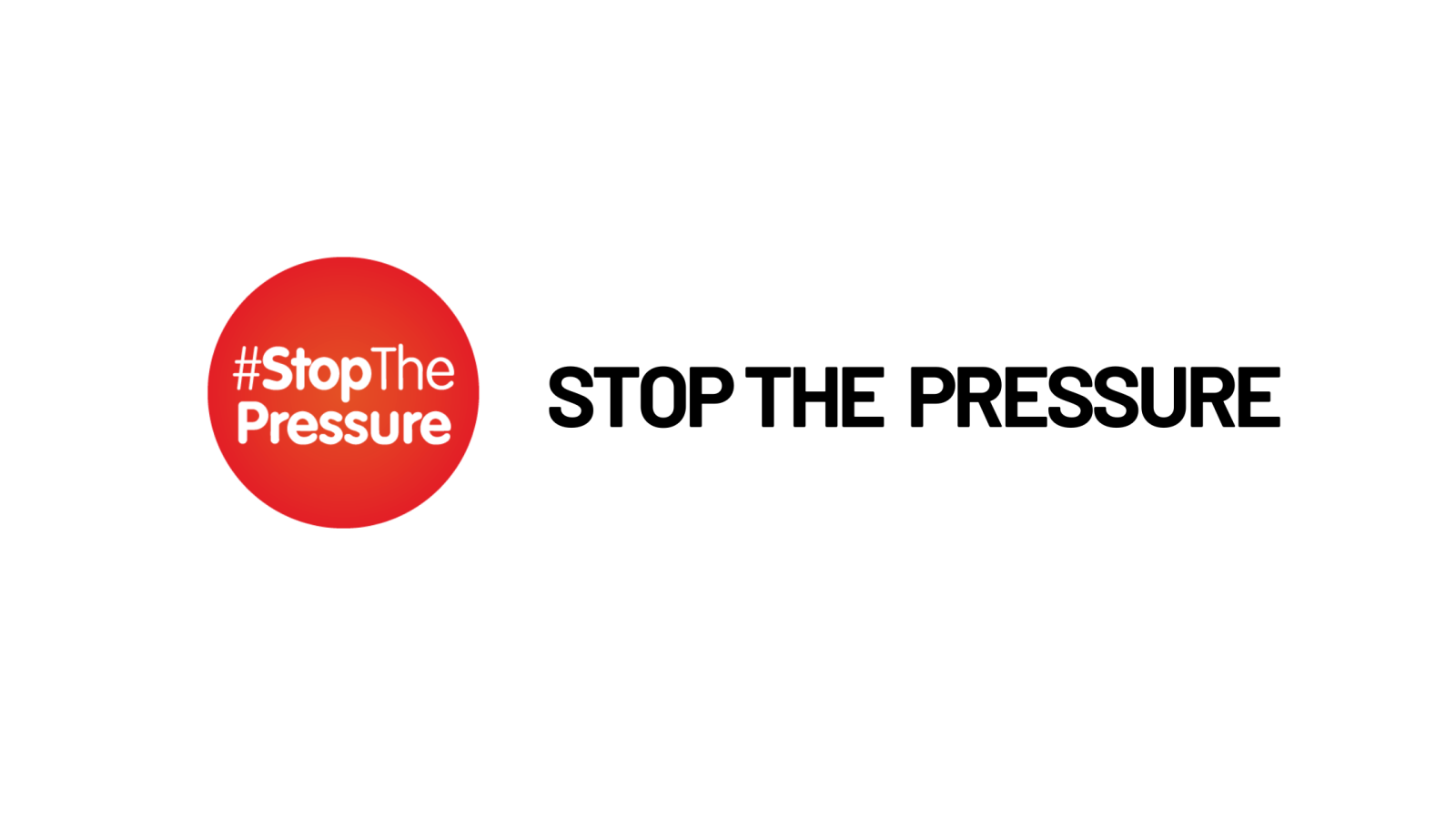Diagnosing MASD and pressure ulcers correctly
MASD is often misdiagnosed as a pressure ulcer and vice versa. This leads to suboptimal patient care. So it’s really important to know which signs of skin damage are most associated with one condition or the other.
The location of the skin damage is often a big clue.
Pressure ulcers are most often seen in areas of the body where there’s a bony prominence — a place where there is little or no soft tissue between the skin and the underlying bone.
For example, pressure ulcers may be found at the sacrum, the shoulder blade, the heels, the knees, elbows, the back of the head, the outward curvature of the spine and behind the ears.
In contrast, MASD is most often located around a leaking wound or stoma, around the buttocks (if a patient is incontinent), and in the folds of skin where perspiration tends to gather.
There are other differences you can look out for, as listed here:
|
|
MASD
|
Pressure ulcer
|
|
Location
|
Skin folds; around the anus, a wound or an ostomy
|
Bony areas of the body
|
|
Shape
|
Various shapes and sizes
|
Tend to be regular in shape
|
|
Colour
|
Pink in colour
|
Red to bluish purple
|
|
Necrosis
|
No slough or eschar
|
With or without slough or eschar
|
|
Pain
|
Yes
|
Sometimes but not always
|
If you’re still unsure whether a patient has MASD or a pressure ulcer, you can use S.M.A.R.T. (Skin Moisture Alert Reporting Tool), a resource designed to support easy diagnosis of MASD.
